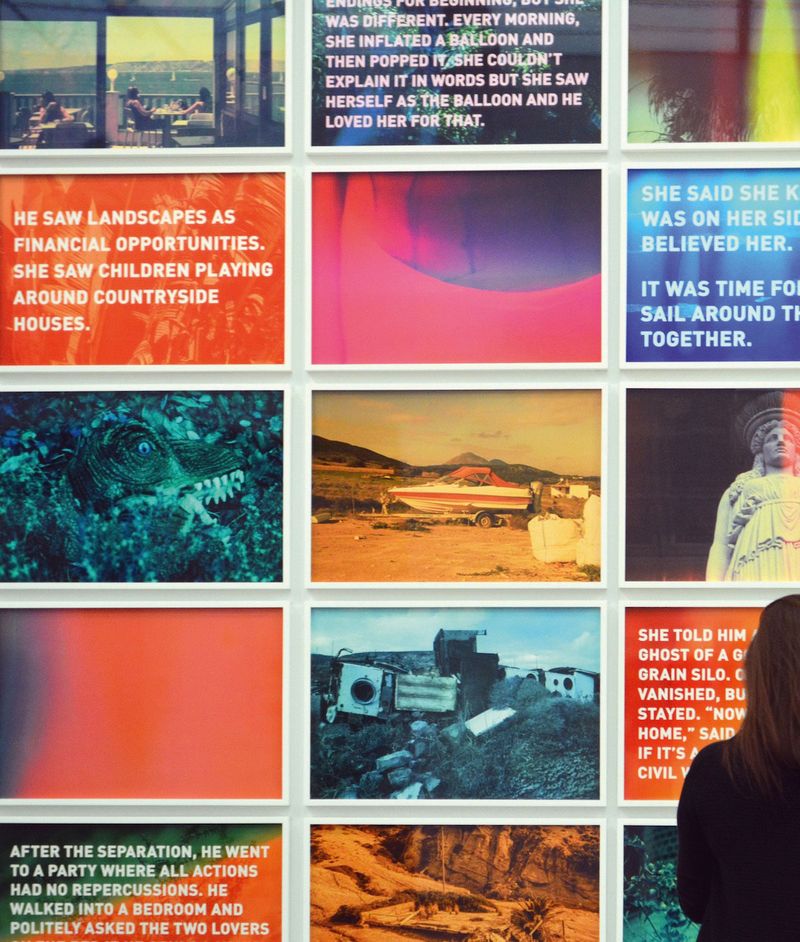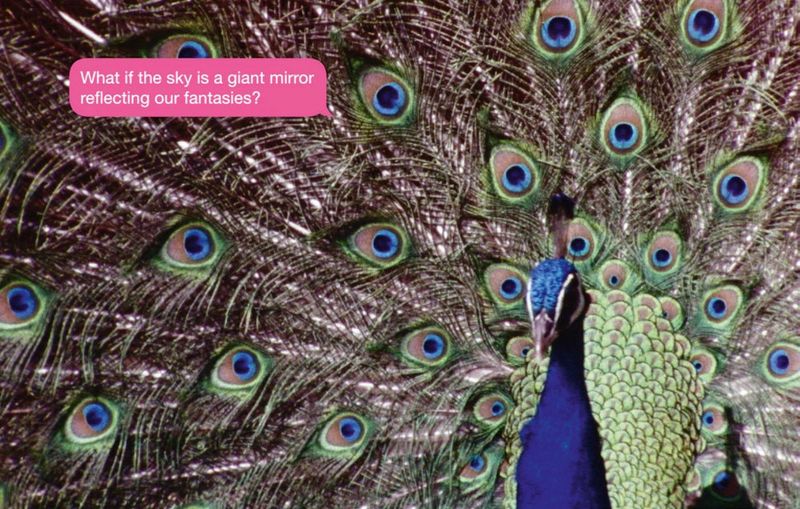
Multidisciplinary artist and filmmaker Basim Magdy is showcasing a new large-scale multimedia work at Art Basel’s Unlimited, the premiere art fair’s section for presenting monumental sculptures, photography, performance, wall paintings and video art.
Born in Egypt in 1977 and now based between Cairo and Basel, Magdy’s thought-provoking art evokes deep reflection as well as captures the absurdity in daily existence. Magdy began his career by creating colourful paintings laden with movement as well as works on paper, before venturing into analog film and photography during the 2010s. His work, which has been presented in numerous exhibitions as well as international film festivals, including the Museum of Modern Art, the Guggenheim Museum and the Centre Pompidou, strikes a rare balance between life challenges and humour.

In 2014, Magdy won the Abraaj Group Art Prize at Art Dubai for The Dent, a short film about hope and failure. His art continues to explore ideas pertaining to the unconscious, memory, utopia and the human condition–evident in his work An Apology to a Love Story that Crashed into a Whale ( 2016), a non-sequential story of love, displacement, war and hope, told through a grid of chemically altered chromogenic prints.
“The work is about a love story that failed,” explains Magdy. “There is a question in one of the text pieces that says: ‘If you were an animal what would you be?’ the answer is ‘a whale they are too big to care’.”
The work, which comprises sixty four C-Prints on FujiFlex Metallic Paper, which stands at a height of 444 centimetres and a width of 635 centimetres, reflects various instances in
what might seem to be mundane yet also profound exchanges in a relationship. Through the work, Magdy explores emotions of loss, despair and heartbreak, the viewer is guided into another realm, questioning the could-have-beens and past events that led to a relationship’s ending.

“For a long while I have wanted to make a work about a love story, exploring romantic love that is fictional but somehow becomes a lot more realistic than the fictional love stories that we see in movies and read in books and that can somehow explain some of the complexities concerning romantic relationships,” said Magdy.
For the work, he employed a film pickling technique that he uses when he works with photographs. “When I pickle the film in acidic household chemicals what happens is that each kind of film responds to the chemicals differently and it produces a dominant colour in the outcome,” explains Magdy. “The sixty four photographs are shot in different kinds of film so they have different dominant colour spectrums in them.”
Seventeen of the photographs incorporate text which reveals fragments from Magdy’s fictional love story–one for which he only wrote the fragments, the pieces, and imagined the rest. “If the viewer reads all the images, there is a beginning and an end to the story, but it is not in chronological order,” he explains. “It’s not classical storytelling; some of them are questions, some conversations, some monologues and some are extremely surreal.”
Magdy’s aim was for the viewer to connect with at least one of the pieces emotionally and for that reason he decided to expose all the pieces at the same time. “The viewer can then find ways to make emotional connections between the images and the text and the fragments of the story,” he said. In many ways, Magdy’s story of heartbreak mirrors that of an historical moment, one that often remains contested, like a civil war or revolution–even once the violence has ended. An Apology to a Love Story that Crashed into a Whale offers reflections on conflict in a relationship in an attempt to also explore the external state of conflict governing the world–a perpetual state seems to affirm Magdy through this work, that never goes entirely away.
And yet Magdy also seems to offer a way forward within the struggle and strife of love and worldly affairs: individuals have a right to choose their own futures within the confines and beyond a relationship just like they can choose which of the pieces in Magdy’s work to read. “I have never wanted to make work just for the art world but that someone from the outside the art world bubble would be able to also connect with,” said Magdy. “I used the whale because I wanted something really big in the work and also something inaccessible. I wanted to represent this surreal aspect of being lost at the end of a love story where you don’t know what you are dealing with.”
More information on artbasel.com


